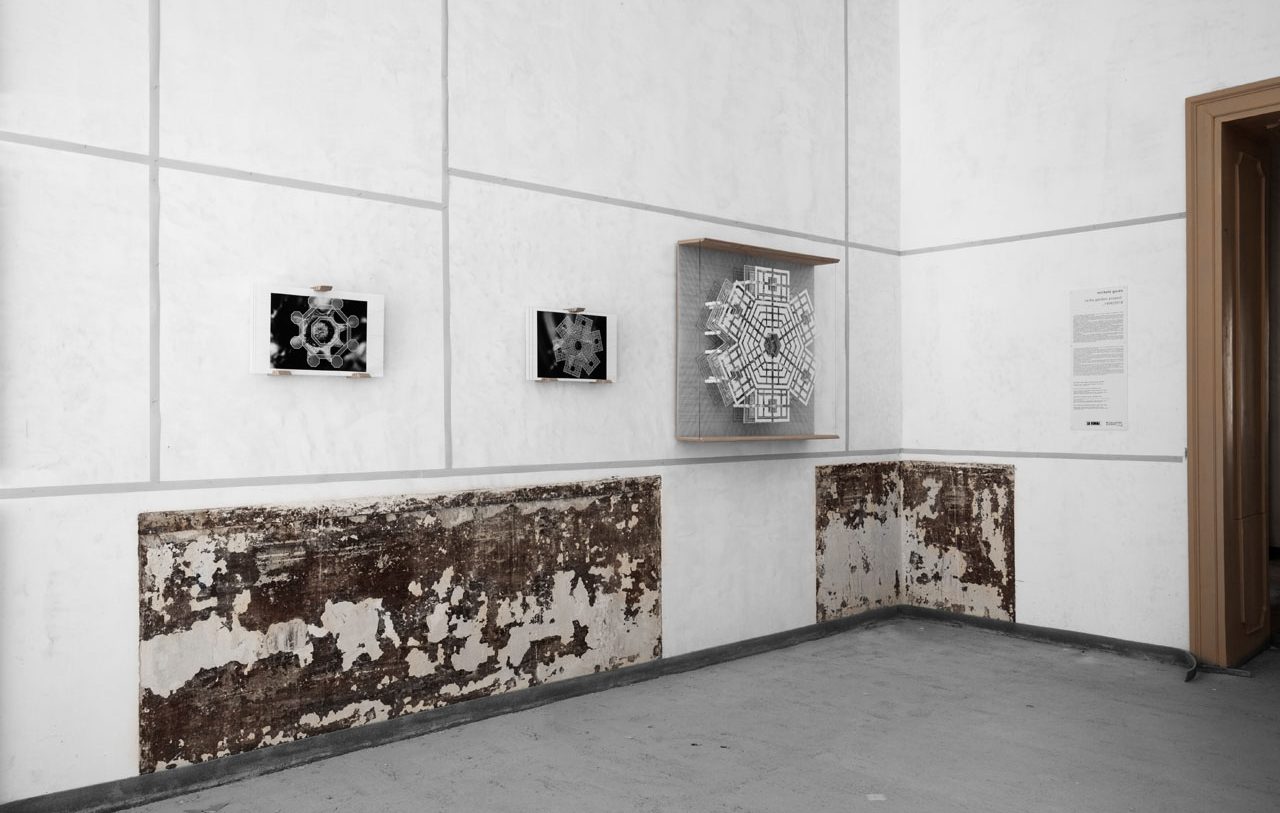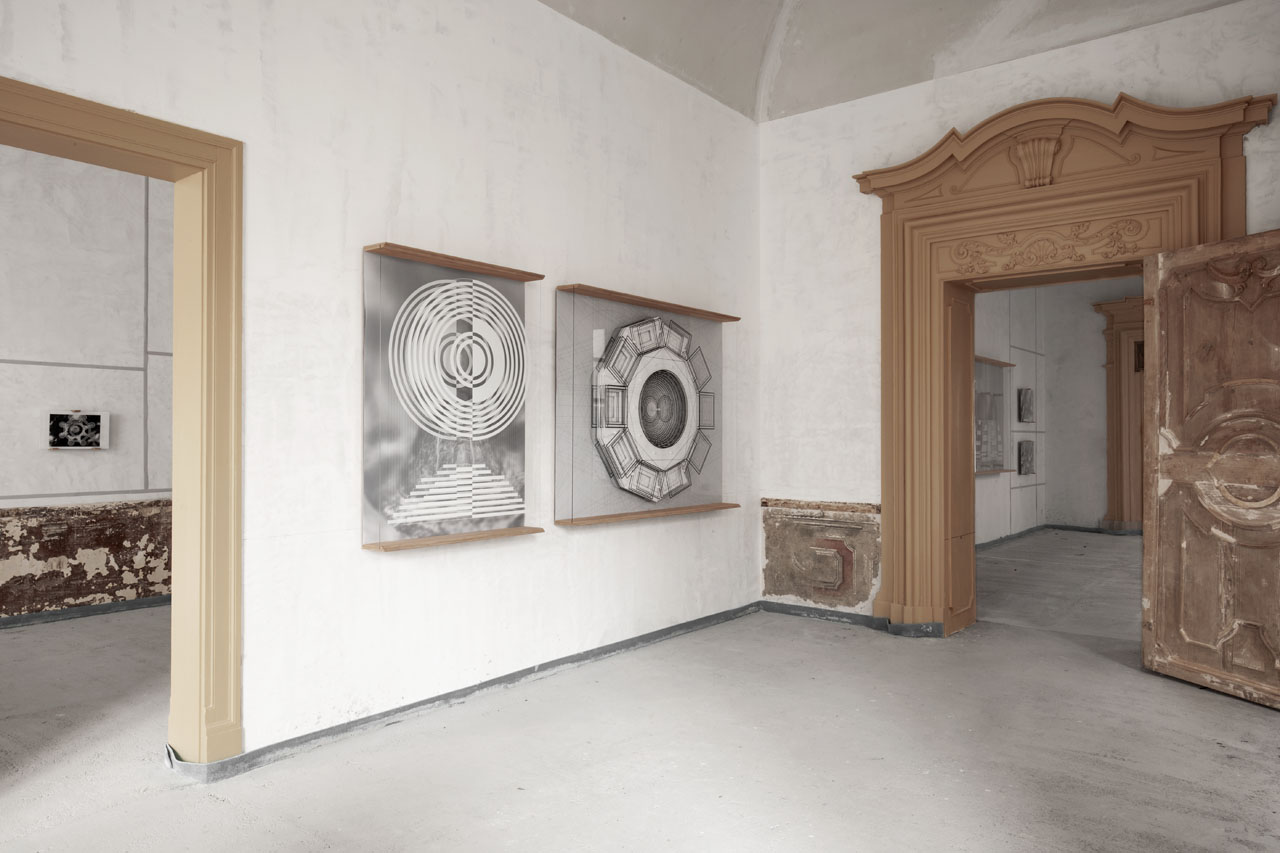Michele Guido presents in Palermo ceiba garden project_1896/2018, a project linked to research that the artist has been conducting since 2001. Inspired by Renaissance studies on the golden proportion and the harmonic relations scheme theorized by Leon Battista Alberti; according to him the plot of the world, the foundation of the representation of both buildings and human person, is linked to the golden rectangle, understood as an element of perfect relationships, those same relationships that define harmony.
Within these theories the idea that the highest expression of the beauty’s perception results from
Nature’s ability to manifest itself through perfect relationships informs, essentially geometric and mathematical. As argued by Luca Pacioli in De Divina Proportione, published in Venice in 1509, an intrinsic property that can be found in plants, in musical cadences, in the balance between colours.
In Garden project, Guido develops research aimed at detecting the formal relationship between architecture and plant geometry, focusing the study on the relationships between the plant morphogenesis phyllotaxis, the geometric structures and the architectural mathematical proportions. Through an analogical procedure, Guido creates iconographies, in which the graphic image that is composed creates a precise rhythmic composition.
Guido’s work catches the gaze on the formal research fascination. With skilful mastery and extremely rational approach, he creates connections between places, stories, geometries and nature; the result is the construction of three-dimensional images, natural architectures, through which we can glimpse the plot of the world and grasp its inherent harmony.
The creative process of Guido, rigorous and lucid, takes place through images stratification: from the slab of the vegetable section where it is possible to identify the geometric structure of the plant, the visual intersection proceeds, by analogy, in relation to specific constructions plants, in which he identifies elective correspondents starting a dialogic relationship. For the production of the works he uses different materials like glass, on which the internal geometry of the vegetable (its architecture) is serigraphed; or by intervening on them by extrusion, in this way the design is stratified and becomes form and structure.
The interconnection between geometrical and mathematical relations and their assiduous manifestation in many natural and cultural contexts encourage a teleological reflection on the existence of a relationship between macrocosm and microcosm, between the universe and nature: the idea of a living cosmos of which nature constitutes an organic whole, of which man is a manifestation. In Michele Guido’s work, the main focus is on the correspondences harmony, on formal relations between the plant universe and the anthropic landscape, between nature and man’s creative capacity, almost to underline the urgency of a dialogue that is necessary to find again.








